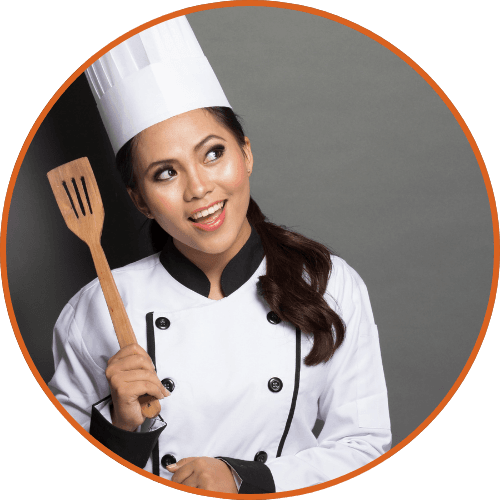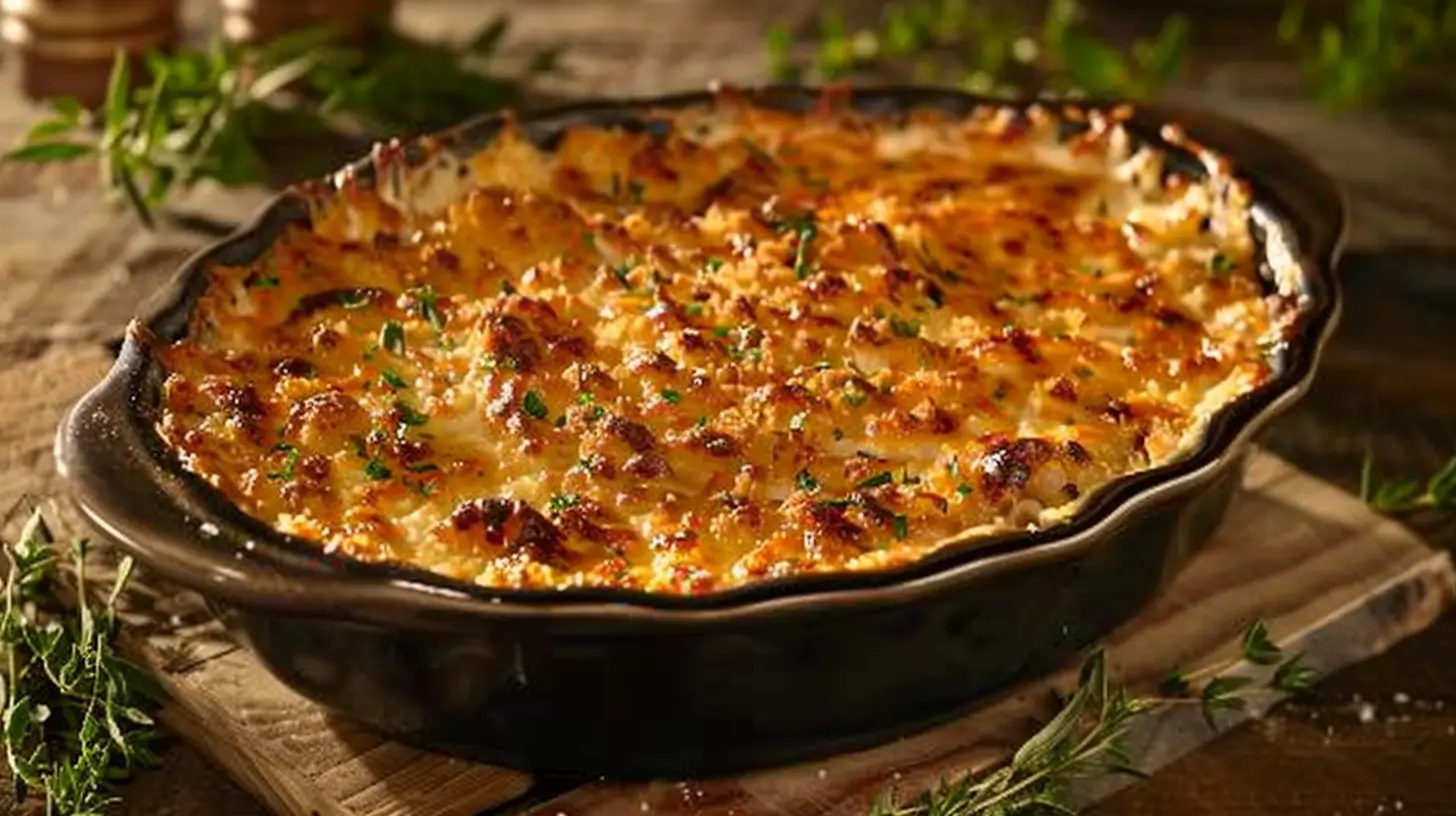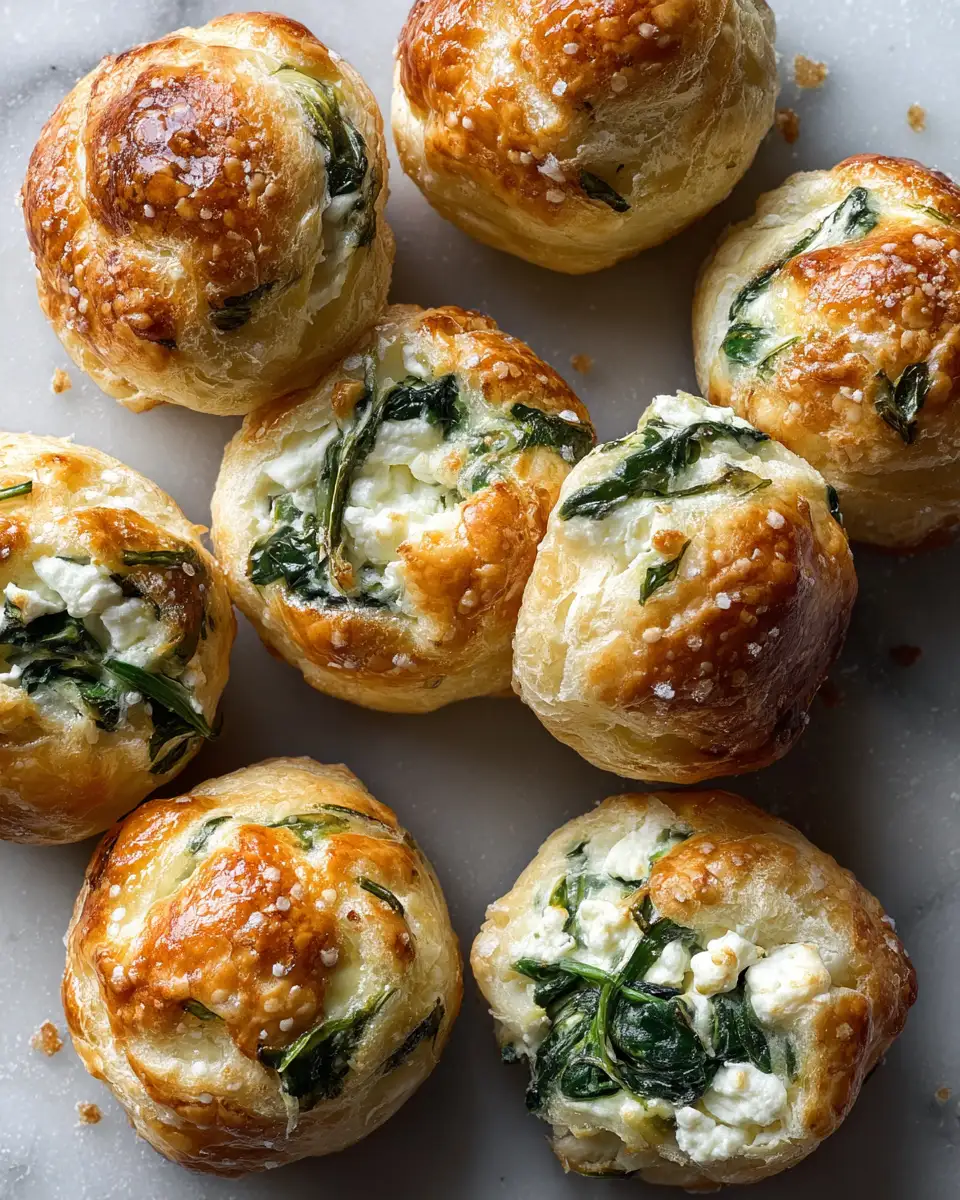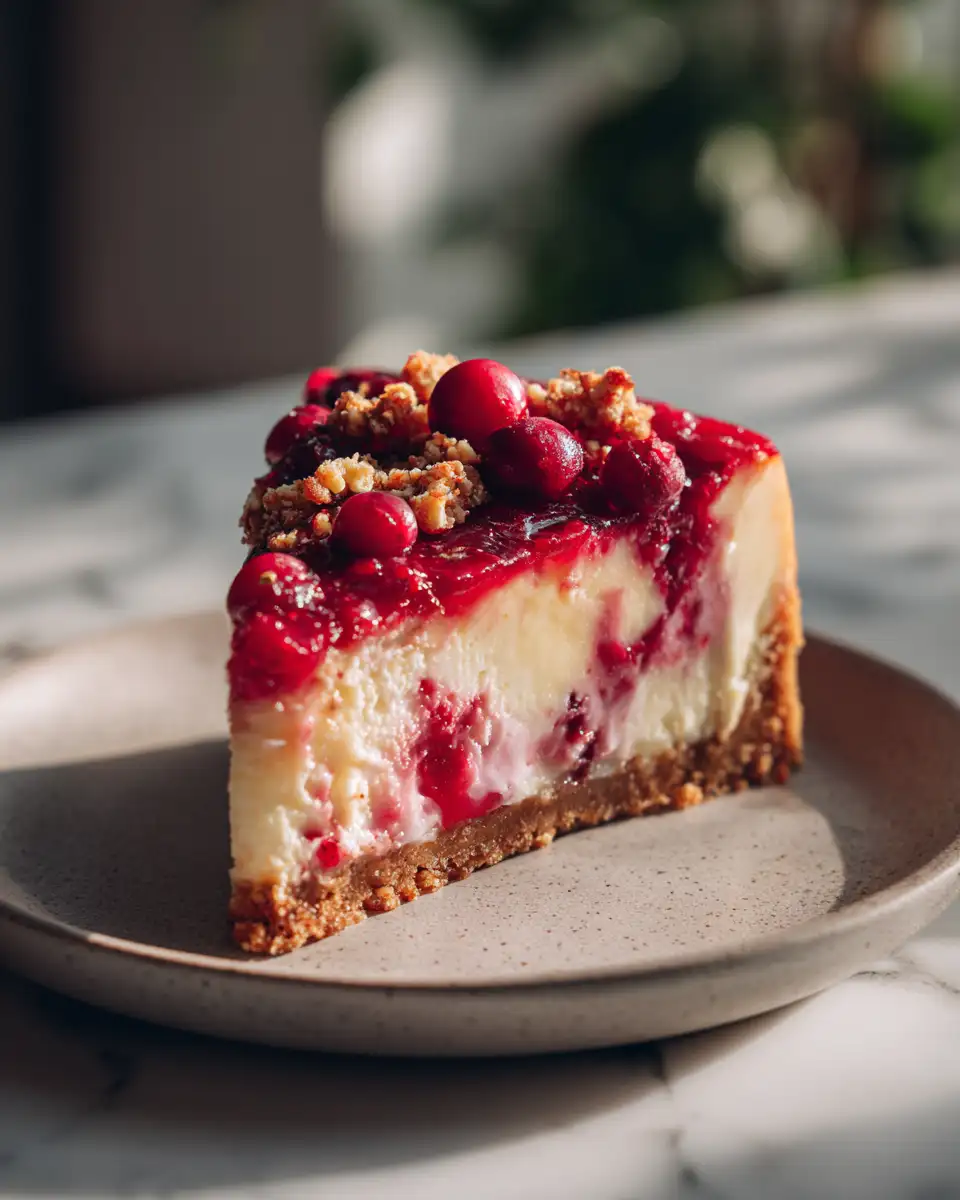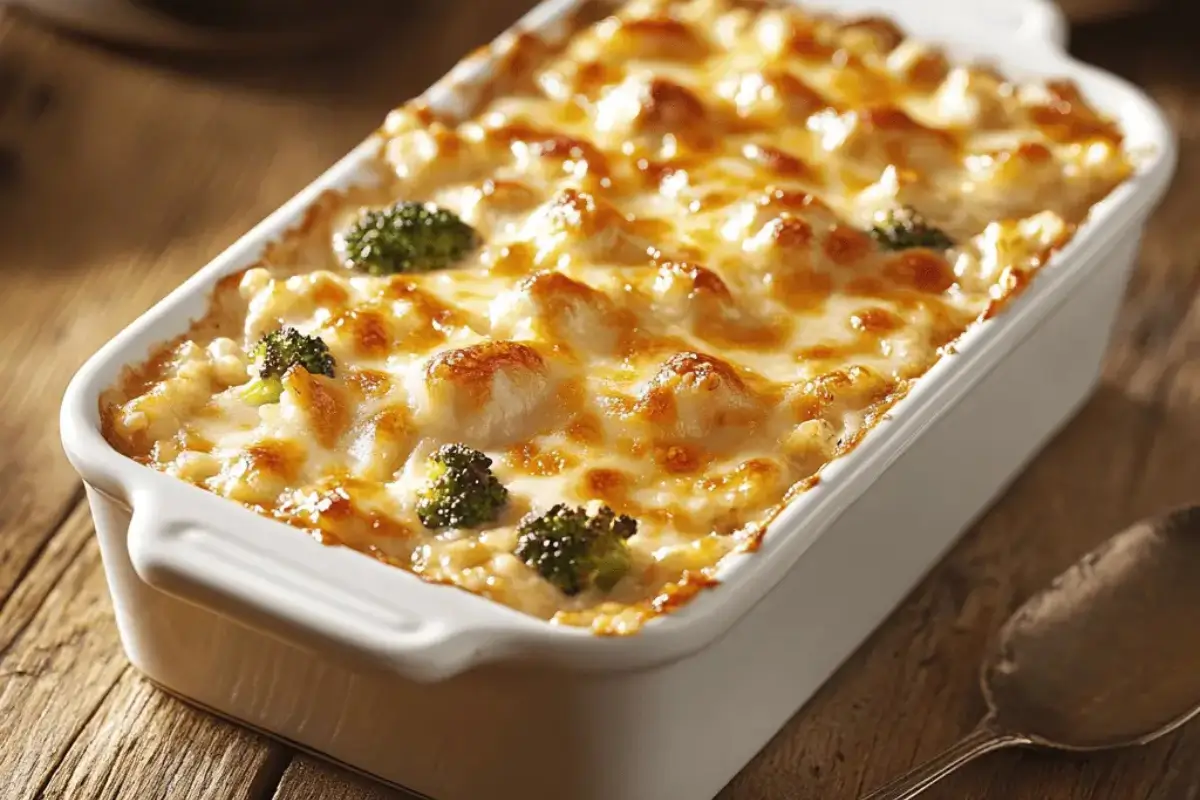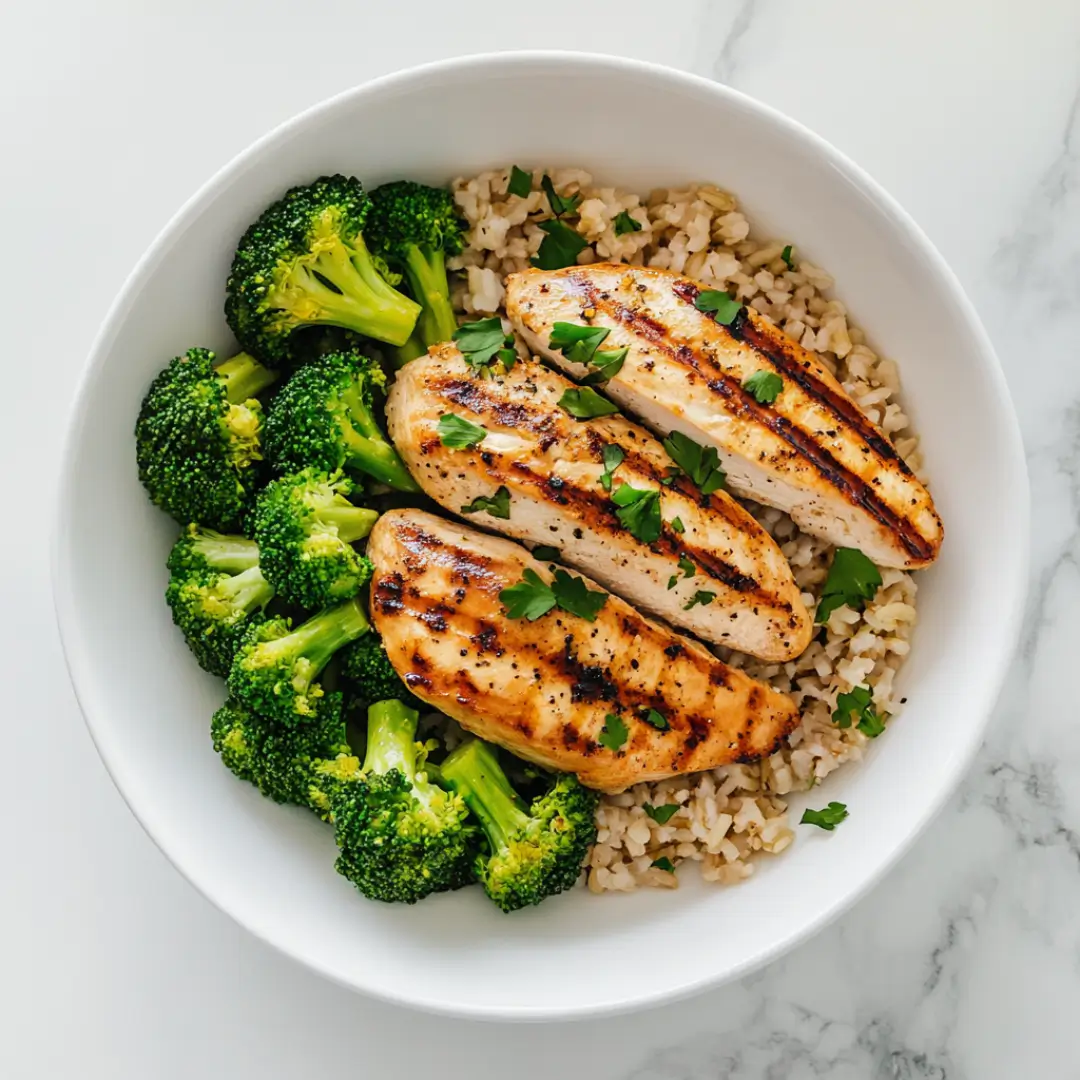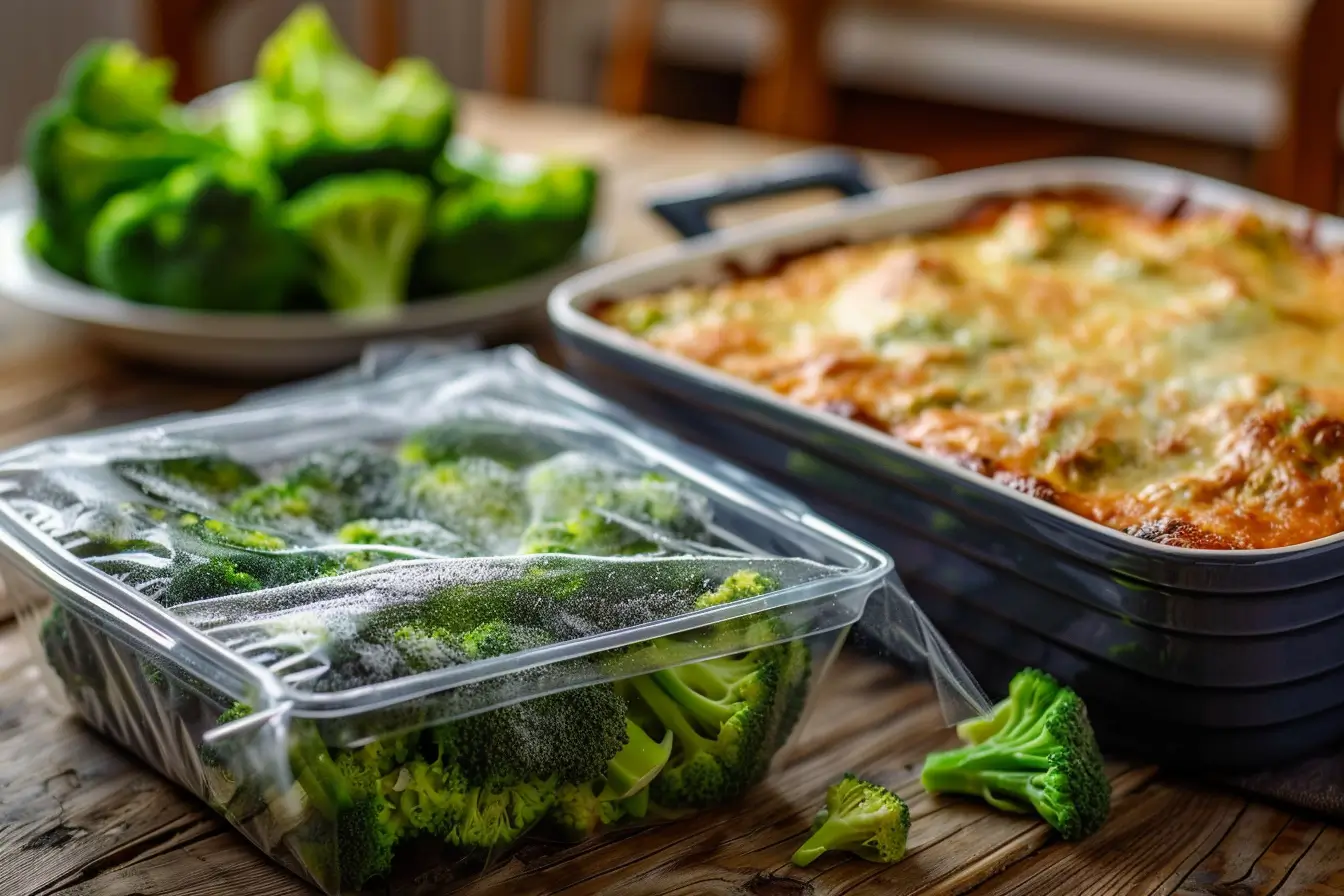Pasta bakes are the ultimate comfort food, combining hearty pasta, rich sauces, and gooey cheese into one delicious dish. But many people wonder: Do I cook pasta first for pasta bake? This question is key to creating the perfect dish.
Why Are Pasta Bakes So Popular and Should You Cook Pasta First for Pasta Bake?
Yet, one common question often stumps even seasoned cooks: Do I cook pasta first for pasta bake? The answer depends on your recipe, pasta type, and baking preferences. In this article, we’ll explore the ins and outs of preparing pasta for bakes, from pre-cooking tips to no-boil techniques. Whether you’re making lasagna, mac and cheese, or a classic casserole, we’ve got you covered. Let’s dig in!
What Is a Pasta Bake and Why Do We Love It?
Pasta bake is a versatile dish made by layering pasta with sauces, cheeses, vegetables, and meats, then baking it in the oven until golden and bubbly. It’s a popular choice for weeknight dinners and potlucks because of its easy preparation and satisfying flavors. Some classic examples of pasta bakes include:
- Lasagna with its creamy bechamel and meat sauce.
- Baked ziti topped with melted mozzarella.
- Spinach and ricotta stuffed shells.
Why do people love pasta bakes so much? Here’s why:
- Convenience: You can prepare them in advance and bake when needed.
- Customization: Add your favorite ingredients to make it your own.
- Comfort: Few dishes feel as homely and satisfying as a hot pasta bake.
The Role of Pasta in Baked Casseroles
Why Is Texture Important in Pasta Bakes When Cooking Pasta First?
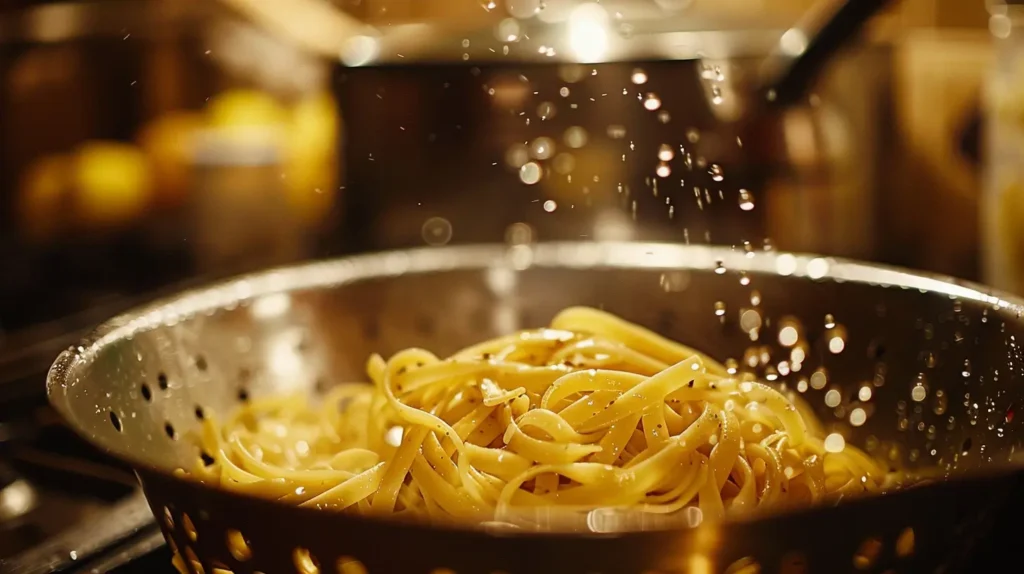
The texture of pasta can make or break a baked dish. Undercooked pasta can remain hard, while overcooked pasta turns mushy, losing its structure. Achieving the right consistency is key to ensuring a satisfying bite in every forkful.
Why Texture Matters:
- Supports the Dish: Properly cooked pasta holds the layers of sauce, cheese, and toppings together.
- Flavor Absorption: The right texture allows the pasta to soak up flavors from the sauce without becoming soggy.
There are two main approaches to preparing pasta for baking:
- Pre-Cooking: Boiling the pasta until it’s al dente, then layering it in the dish. To boil pasta perfectly for bakes, use 1 tablespoon of salt per 4 quarts of water and boil the pasta 1-2 minutes less than the package directions to keep it slightly firm.
- Benefits: Reduces baking time and ensures consistent texture.
- Ideal for: Dishes with shorter baking times or less liquid.
- No-Boil Method: Using uncooked pasta and relying on the sauce to soften it during baking. To make this method more foolproof, consider increasing the liquid content of your sauce slightly. For example, adding an extra half cup of water, broth, or milk can ensure the pasta fully hydrates and cooks evenly.
- Benefits: Saves time and allows the pasta to absorb sauce flavors.
- Ideal for: Recipes with ample sauce and longer baking times.
Comparing Pre-Boiling and No-Boil Methods
Pre-Cooking vs. No-Boil: Do You Need to Cook Pasta First for Your Pasta Bake?
Cooking pasta before baking offers several benefits, especially for recipes that require precise texture and timing. Pre-cooking ensures the pasta is soft enough to eat but firm enough to hold its shape in the oven.
Key Benefits:
- Consistent Texture: Boiling pasta ensures it doesn’t remain too firm after baking.
- Faster Cooking: Since the pasta is already partially cooked, the dish requires less time in the oven.
- Improved Flavor: Salted boiling water enhances the pasta’s taste before combining it with the sauce.
Certain recipes demand pre-cooking pasta for the best results:
- Short Bake Times: If your dish bakes for less than 30 minutes, pre-cooking is crucial to ensure the pasta is tender.
- Low-Sauce Recipes: Dishes with minimal liquid won’t adequately hydrate uncooked pasta, making pre-cooking a better choice.
- Layered Dishes: Lasagna and similar recipes require pre-cooked pasta to stack and layer neatly.
Using Uncooked Pasta: Is the No-Boil Method Right for You?
The Appeal of No-Boil Pasta Bakes: Skipping Cooking Pasta First for Easy Bakes
Skipping the boiling step and baking with uncooked pasta can simplify your cooking process. When done correctly, this method can yield flavorful and perfectly cooked results.
Why Choose Uncooked Pasta?
- Convenience: Saves time and reduces cleanup by eliminating the need for a boiling pot.
- Flavor Integration: Pasta absorbs the sauce as it bakes, resulting in a deeply flavorful dish.
- Uniform Cooking: When paired with the right amount of sauce, uncooked pasta cooks evenly in the oven.
Some dishes are tailor-made for uncooked pasta. Here are a few examples:
- Baked Ziti with Uncooked Penne: Ensure you have a generous amount of liquid sauce for perfect results.
- No-Boil Lasagna: Use thinner lasagna sheets and layer with extra sauce for even cooking.
- Cheesy Casseroles: Combine uncooked pasta with creamy sauces that offer sufficient moisture.
Tips for Success:
- Always use recipes with plenty of sauce or liquid.
- Cover the dish with foil for most of the baking time to prevent the top from drying out.
- Extend the baking time slightly to allow the pasta to fully soften.
Factors to Consider for Perfect Pasta Bakes
The type of pasta plays
a critical role in deciding whether to pre-cook or bake uncooked. Different pasta shapes and styles react uniquely to the baking process.
Fresh Pasta vs. Dried Pasta:
- Fresh Pasta: Soft and delicate, fresh pasta requires little to no pre-cooking. It can be added directly to the dish with minimal baking time.
- Dried Pasta: More common for bakes, dried pasta typically needs either boiling or a longer baking time with extra sauce.
Best Pasta Shapes for Baking:
- Penne and ziti hold sauce well.
- Lasagna sheets stack evenly for layered dishes.
- Shells and rigatoni capture fillings and sauces beautifully.
Trying Unique Sauces for Pasta Bakes: Should You Cook Pasta First or Not?
What to Keep in Mind:
- Consistency: Thicker sauces might require additional liquid to prevent dryness during baking.
- Quantity: Generous sauce coverage ensures the pasta cooks evenly and absorbs flavors.
Pro Tip: Add a splash of water or broth to the sauce when using uncooked pasta to make up for moisture lost during baking. For example, chicken broth or a light vegetable stock works wonderfully to enhance the dish’s flavor while keeping it moist.
The baking duration and temperature also influence whether pre-cooking is necessary.
Key Points:
- For dishes baked at lower temperatures (<350°F), pre-cooked pasta is usually best.
- High-temperature bakes with ample liquid (e.g., 375°F for 45+ minutes) work well with uncooked pasta.
- Always follow the recipe’s guidance and check the pasta’s doneness before serving.
Expert Tips for Baking Pasta Like a Pro
Getting the texture of pasta just right is an art, especially in baked dishes. Whether you pre-cook or use uncooked pasta, these tips can help you nail it every time.
Tips for Al Dente Pasta:
- If pre-cooking, boil pasta for 1-2 minutes less than package instructions.
- For uncooked pasta, ensure the dish has enough liquid to allow proper softening.
Common Pitfalls to Avoid:
- Overcooking: Leads to mushy pasta that lacks structure.
- Under-saucing: Results in unevenly cooked or dry pasta.
Enhancing Flavor and Presentation
A visually appealing and flavorful pasta bake stands out. Here’s how to take yours to the next level:
Add Flavor Enhancements:
- Sprinkle grated Parmesan or breadcrumbs on top for a crispy, golden crust.
- Use fresh herbs like basil or parsley for a burst of color and aroma.
Pro Tip: After baking, let the dish sit for 5-10 minutes. This helps the layers set and makes serving easier.
Frequently Asked Questions (FAQs)
Do You Cook Pasta Before a Pasta Bake?
It depends on the recipe. For dishes with shorter baking times or minimal liquid, pre-cooking pasta ensures it’s tender and evenly cooked. However, no-boil recipes allow you to skip this step if there’s enough sauce to hydrate the pasta during baking.
Should Pasta Be Boiled Before Baking?
Boiling pasta before baking can be beneficial in many cases. It prevents undercooking and ensures consistent results, especially for dishes like baked ziti or casseroles with thicker pasta shapes. However, some recipes specifically call for dry, uncooked pasta.
Do I Have to Cook Lasagna Pasta Before Baking?
Not necessarily. Many no-boil lasagna recipes use thin, dried lasagna sheets designed to soften during baking. However, if using regular lasagna noodles, pre-cooking them for a few minutes is often recommended to ensure they don’t stay too firm.
Can You Put Uncooked Pasta in the Oven?
Yes, you can put uncooked pasta in the oven for certain recipes. The key is to ensure there’s ample liquid in the dish to fully hydrate the pasta as it bakes. Covering the dish with foil during the initial baking stage helps lock in moisture and ensures even cooking.
Conclusion
Pasta bakes are a delicious and versatile dish that can be tailored to suit any palate. Whether you choose to pre-cook your pasta or use uncooked pasta depends on your recipe, the type of pasta, and your desired cooking time. Pre-cooking offers reliability and texture control, while no-boil methods save time and allow the pasta to absorb rich flavors directly from the sauce.
By understanding the factors involved—such as sauce consistency, baking time, and pasta type—you can confidently create the perfect pasta bake every time. Don’t forget to experiment with toppings, herbs, and cheeses to make your dish uniquely yours.
Takeaways:
- Pre-cook pasta for dishes with shorter bake times or less liquid.
- Use uncooked pasta with no-boil recipes that have plenty of sauce.
- Always aim for balance in texture, flavor, and presentation.
What’s your favorite method for preparing pasta bakes? Share your thoughts and tips in the comments below. Better yet, why not try one of the methods discussed here and let us know how it turned out? For more inspiration, check out this delicious Chicken Broccoli Pasta Casserole Recipe.

